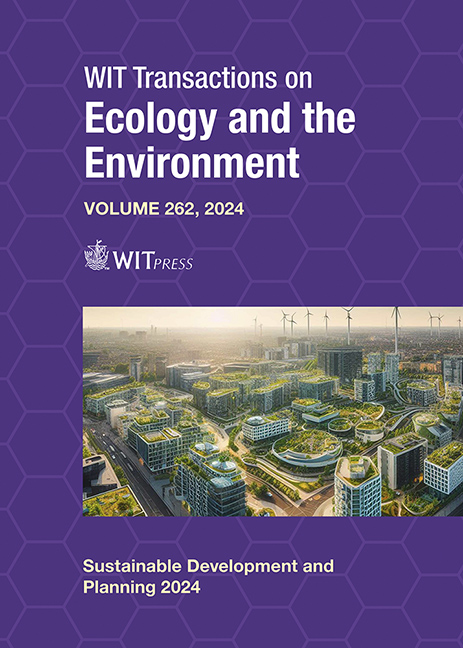ASSESSMENT OF THE STAKEHOLDER ENGAGEMENT AND MONITORING STAGES IN THE ADAPTIVE MANAGEMENT OF A NATIONAL FOREST IN WESTERN COLORADO, USA
Price
Free (open access)
Transaction
Volume
262
Pages
18
Page Range
581 - 598
Published
2024
Paper DOI
10.2495/SDP240481
Copyright
Author(s)
JORDAN TRUITT, RAFAEL MORENO-SANCHEZ, CALVIN SPEAS
Abstract
Adaptive management (AM) is often defined as a structured and iterative process of ‘learning by doing’ to reduce social-ecological uncertainty and improve decision-making. The use of AM for managing natural resources has become increasingly popular since it was conceptualised in the late 1970s. Research has emphasised the need to increase the documentation and publication of AM implementation cases. Our study focuses on the following case, however the lessons learned, and recommendations are broadly applicable. In 2016, the United States Forest Service (USFS) implemented a novel AM programme known as the Spruce Beetle Epidemic and Aspen Decline Management Response (SBEADMR) in response to a destructive spruce beetle outbreak and sudden aspen decline occurring on national forests in western Colorado. Federal land agencies, including the USFS, have increasingly institutionalised AM. This study focuses on two critical stages of the AM method: stakeholder engagement and monitoring and evaluation (M&E). These stages are necessary for facilitating social and technical learning, essential ingredients for adaptively managing natural resources successfully. Despite the importance of these two stages, their inadequate implementation is often highlighted as a main cause of failure in AM applications. We compared the SBEADMR–AM’s stakeholder engagement and M&E processes to good practices, challenges and pitfalls reported in literature. Various methods were used to gain knowledge on the SBEADMR: extensive review of SBEADMR documentation, in-depth interviews and participation in a stakeholder meeting. Our analysis detected numerous strengths as well as multiple areas in need of improvement or additions to the process for both AM stages. The findings provide useful insight for policy formulation and refinement in new and ongoing AM initiatives.
Keywords
adaptive management, forest management, stakeholder engagement, monitoring, evaluation, policy, decision-making





